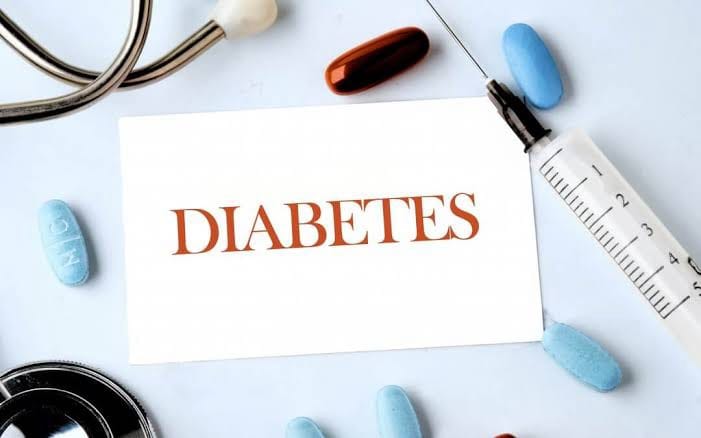How early symptoms of diabetes can save your life
Diabetes, a chronic condition impacting millions, often progresses silently, making early recognition of symptoms essential for prevention and management.

Diabetes, a chronic condition impacting millions, often progresses silently, making early recognition of symptoms essential for prevention and management.
Diabetes, affecting over 422 million people worldwide, is one of the most widespread chronic conditions and poses significant health risks when undiagnosed or unmanaged. Recognizing early symptoms like excessive thirst, frequent urination, fatigue, and blurred vision can make a profound difference in outcomes, as early detection enables timely intervention to prevent complications.
One of the earliest indicators of diabetes is excessive thirst. Known medically as polydipsia, this symptom is driven by high blood sugar levels, which create an osmotic effect that pulls fluids from bodily tissues, leaving the person feeling persistently dehydrated. This dehydration prompts increased fluid intake, often without relief, regardless of the amount consumed. Excessive thirst is typically paired with frequent urination (polyuria), another common sign of diabetes. As the kidneys attempt to filter and expel excess sugar from the bloodstream, they generate more urine, leading to frequent bathroom trips. This is especially noticeable at night, disrupting sleep and leading to increased fatigue.
Also Read: EU pushes Mercosur trade deal despite French resistance
Fatigue in diabetes is particularly common, even with adequate sleep and nutrition. This tiredness results from the body’s impaired ability to convert glucose into energy due to insulin resistance (in Type 2 diabetes) or insufficient insulin production (in Type 1 diabetes). When cells are deprived of glucose, they cannot produce the energy necessary for daily activities, leaving the individual feeling constantly drained. For some, this fatigue is so severe that it impacts daily life and productivity, making it a key symptom to watch for in diabetes screening.
Another early yet subtle sign is blurred vision. High blood sugar levels can cause the lenses of the eyes to swell, altering their shape and making it difficult to focus. This vision change is often mistaken for simple eye strain, but if it recurs or worsens, it may point to underlying diabetes. If left unmanaged, high blood sugar can lead to severe eye complications like diabetic retinopathy, which is a major cause of blindness.
In addition to these primary symptoms, individuals may experience other signs such as slow-healing wounds and frequent infections. High blood glucose can impair the immune system’s function, making it harder for the body to heal cuts or fight off infections effectively. Furthermore, tingling or numbness in the extremities, especially in the hands and feet, is often an early indicator of nerve damage or diabetic neuropathy, common in Type 2 diabetes.
Early detection is essential because diabetes often progresses unnoticed until it has caused significant health issues. For instance, untreated diabetes is linked to a higher risk of cardiovascular disease, kidney disease, and nerve damage, all of which reduce quality of life and increase healthcare costs. Risk factors such as obesity, family history, sedentary lifestyle, and pre-existing conditions like hypertension increase the likelihood of developing diabetes and underscore the importance of regular screening.
Routine blood tests, including the HbA1c test (which measures average blood glucose over three months) and fasting glucose tests, are effective in detecting diabetes early. For those with risk factors, annual screenings are recommended, as they can help diagnose diabetes or prediabetes even before symptoms become apparent.













